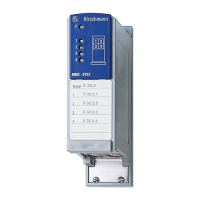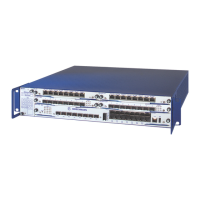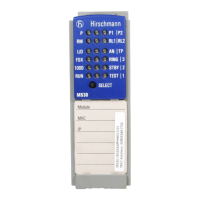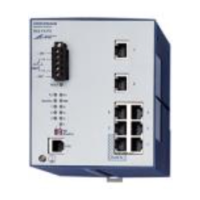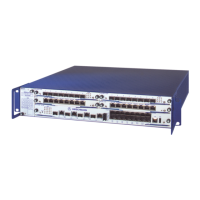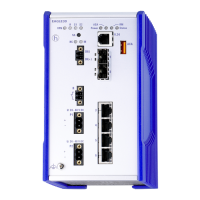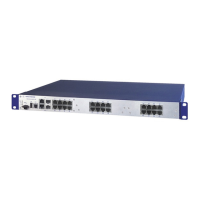Operation Diagnosis
228
9.5
Event Counter at Port Level
UM Basic Configuration L3P
Release
7.1
12/2011
9.5.1 Detecting Non-matching Duplex Modes
If the duplex modes of 2 ports directly connected to each other do not match,
this can cause problems that are difficult to track down. The automatic
detection and reporting of this situation has the benefit of recognizing it
before problems occur.
This situation can arise from an incorrect configuration, e.g. if you deactivate
the automatic configuration at the remote port.
A typical effect of this non-matching is that at a low data rate, the connection
seems to be functioning, but at a higher bi-directional traffic level the local
device records a lot of CRC errors, and the connection falls significantly
below its nominal capacity.
The device allows you to detect this situation and report it to the network
management station. In the process, the device evaluates the error counters
of the port in the context of the port settings.
Possible causes of port error events
The following table lists the duplex operating modes for TX ports, with the
possible fault events. The meanings of terms used in the table are as
follows:
Collisions: In half-duplex mode, collisions mean normal operation.
Duplex problem: Duplex modes do not match.
EMI: Electromagnetic interference.
Network extension: The network extension is too great, or too many
hubs are cascaded.
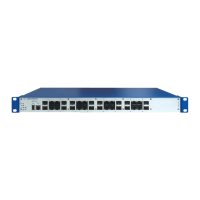
